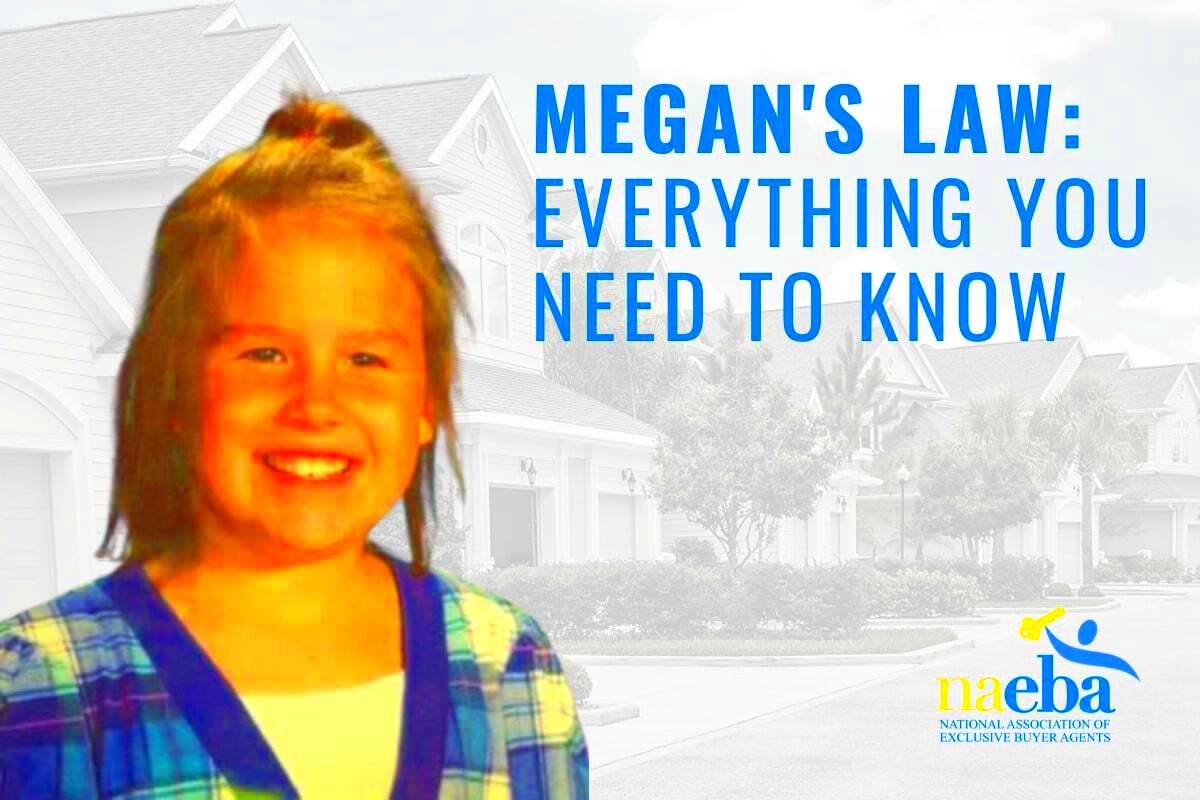Understanding Megan’s Law Tier 3 and Its Implications
Megan’s Law is a crucial piece of legislation designed to protect communities from sex offenders. Named after Megan Kanka, a young girl who was tragically murdered by a convicted sex offender, this law ensures that communities are informed about the presence of sex offenders in their area. Understanding the different tiers of offenders under Megan’s Law is essential, as it helps the public stay informed and safe. In this post, we’ll focus on Tier 3 offenders, who pose the highest risk to the community, and explore their registration requirements and legal implications.
Overview of Tier 3 Offenders

Tier 3 offenders are classified as high-risk individuals under Megan’s Law. This classification is given based on the severity of their offenses and the likelihood of re-offending. Here are some key points about Tier 3 offenders:
- Serious Offenses: These offenders typically have committed severe sexual crimes, such as rape or sexual assault.
- High Recidivism Risk: Research indicates that Tier 3 offenders are more likely to re-offend compared to those in lower tiers.
- Extended Monitoring: They are subject to more stringent monitoring and reporting requirements.
Understanding this classification helps communities recognize the potential risks and take necessary precautions.
Registration Requirements for Tier 3 Offenders
Tier 3 offenders face strict registration requirements to ensure public safety. Here’s what you need to know about their obligations:
- Initial Registration: Upon release, Tier 3 offenders must register with law enforcement within a specific timeframe, often within 48 hours.
- Annual Updates: They are required to update their registration annually, providing information about their residence, employment, and any changes in their personal circumstances.
- Additional Information: Offenders must disclose any online identifiers, such as email addresses or social media accounts.
- Duration of Registration: They may be required to register for life, meaning their information remains accessible to the public indefinitely.
These requirements are in place to promote transparency and community awareness, ensuring that residents are informed about potential risks in their neighborhoods.
Duration of Registration for Tier 3 Offenders
The registration duration for Tier 3 offenders is one of the most significant aspects of Megan’s Law. Unlike lower-tier offenders, Tier 3 individuals are subject to a lifetime registration requirement. This means that their information must be kept current and available to the public for as long as they live. Here are some key points about the registration duration:
- Lifetime Requirement: Tier 3 offenders must register for life, ensuring continuous public awareness.
- Annual Updates: Each year, they must confirm or update their registration details with local law enforcement, including changes in address, employment, and other personal information.
- Failure to Register: Not complying with these requirements can lead to severe legal consequences, including additional criminal charges.
- Public Access: Registration details are publicly accessible, meaning anyone can look up information about Tier 3 offenders in their community.
This extended registration period is designed to protect the public by ensuring that information about high-risk offenders remains readily available.
Public Notification and Community Awareness
Public notification is a vital component of Megan’s Law, especially for Tier 3 offenders. The law emphasizes the importance of community awareness regarding the presence of high-risk sex offenders. Here’s how public notification works:
- Community Alerts: Law enforcement agencies are responsible for notifying communities about Tier 3 offenders living in their areas. This can include flyers, community meetings, and local media announcements.
- Online Databases: Many states maintain online registries where the public can search for registered offenders by name, location, or other criteria.
- Educational Programs: Communities may hold educational programs to inform residents about how to stay safe and recognize potential threats.
- Importance of Awareness: Public notification helps create a safer environment by keeping community members informed and vigilant.
By enhancing awareness, Megan’s Law aims to foster safer communities and empower residents to protect themselves and their families.
Legal Implications for Tier 3 Offenders
Tier 3 offenders face significant legal implications under Megan’s Law, which are designed to ensure compliance and accountability. Here are some critical legal aspects to consider:
- Criminal Charges for Non-Compliance: Failing to register or update their information can lead to criminal charges, which may result in fines or imprisonment.
- Increased Surveillance: Tier 3 offenders are often subject to more rigorous surveillance and monitoring by law enforcement agencies.
- Restrictions on Employment: Some jobs, especially those involving children or vulnerable populations, may be off-limits for Tier 3 offenders.
- Community Notification Laws: The public notification process can lead to social stigma and challenges in reintegration, making it harder for offenders to find housing and employment.
Understanding these legal implications is crucial for both offenders and the community. While the law aims to protect the public, it also impacts the lives of those who have committed offenses, emphasizing the need for balanced approaches to justice and rehabilitation.
Resources for Victims and Offenders
Finding support and resources is essential for both victims of sexual offenses and offenders trying to reintegrate into society. Various organizations and programs are available to assist them. Here’s a closer look at the resources:
- Support Groups for Victims: Many communities have support groups where victims can share their experiences and connect with others who have gone through similar situations. Organizations like RAINN (Rape, Abuse & Incest National Network) offer resources and hotlines for immediate support.
- Counseling Services: Professional counseling can be invaluable for both victims and offenders. Many therapists specialize in trauma and sexual offenses, providing tailored support to help individuals heal and move forward.
- Legal Aid: Victims may require legal assistance to navigate the complexities of the law. Local legal aid organizations can help victims understand their rights and seek justice.
- Rehabilitation Programs for Offenders: Offenders can access programs aimed at rehabilitation, including therapy, educational workshops, and vocational training. These programs help reduce recidivism and support reintegration into the community.
- Hotlines and Resources: Numerous hotlines exist for immediate support, whether it’s for victims seeking help or offenders looking for guidance. These resources can provide critical information and support at any time.
Connecting with these resources can be a crucial step in the healing process for victims and in reducing the likelihood of re-offending for those who have committed offenses.
Future Changes to Megan’s Law
Megan’s Law has undergone various changes since its inception, and further modifications may be on the horizon. These changes are often driven by new research, community feedback, and legal challenges. Here are some potential future changes:
- Enhanced Community Notification: There is a push for more comprehensive public notification methods, potentially including mobile alerts or community apps to notify residents of offenders moving into their areas.
- Reevaluation of Tier Classifications: Some advocates suggest revisiting the criteria for tier classifications to ensure they reflect current research on recidivism and risk factors.
- Increased Focus on Rehabilitation: Future changes may place more emphasis on rehabilitation programs for offenders, aiming to reduce recidivism and promote successful reintegration into society.
- Public Input and Review Processes: Ongoing public forums and discussions may be held to gather input on the effectiveness of Megan’s Law and identify areas for improvement.
Staying informed about these potential changes is vital for communities and individuals affected by Megan’s Law, as these adjustments can impact safety and rehabilitation efforts.
Frequently Asked Questions
Understanding Megan’s Law and its implications can raise many questions. Here are some frequently asked questions to clarify common concerns:
- What is the purpose of Megan’s Law? Megan’s Law aims to protect communities by providing information about sex offenders, enhancing public awareness, and promoting safety.
- Who qualifies as a Tier 3 offender? Tier 3 offenders are those who have committed the most severe sexual offenses and are deemed to pose a higher risk of re-offending.
- How can I find out if a Tier 3 offender lives in my area? You can check your state’s online sex offender registry, which is publicly accessible and provides information about registered offenders in your community.
- What happens if a Tier 3 offender fails to register? Failing to register can result in criminal charges, fines, and potentially additional prison time.
- Are there any resources available for victims of sexual offenses? Yes, there are numerous organizations and hotlines that provide support, counseling, and legal assistance for victims.
These FAQs can help clarify misconceptions and provide essential information about the implications of Megan’s Law for both victims and offenders.
Conclusion
Understanding Megan’s Law, especially the Tier 3 classification, is essential for promoting community safety and awareness. This law not only provides critical information about high-risk offenders but also emphasizes the importance of public notification and support resources. While the legal implications for Tier 3 offenders are significant, there are numerous resources available for both victims and offenders to assist in healing and reintegration. As laws evolve, it is vital for communities to stay informed about potential changes and their implications. By fostering open communication and understanding, we can work towards safer communities for everyone.


